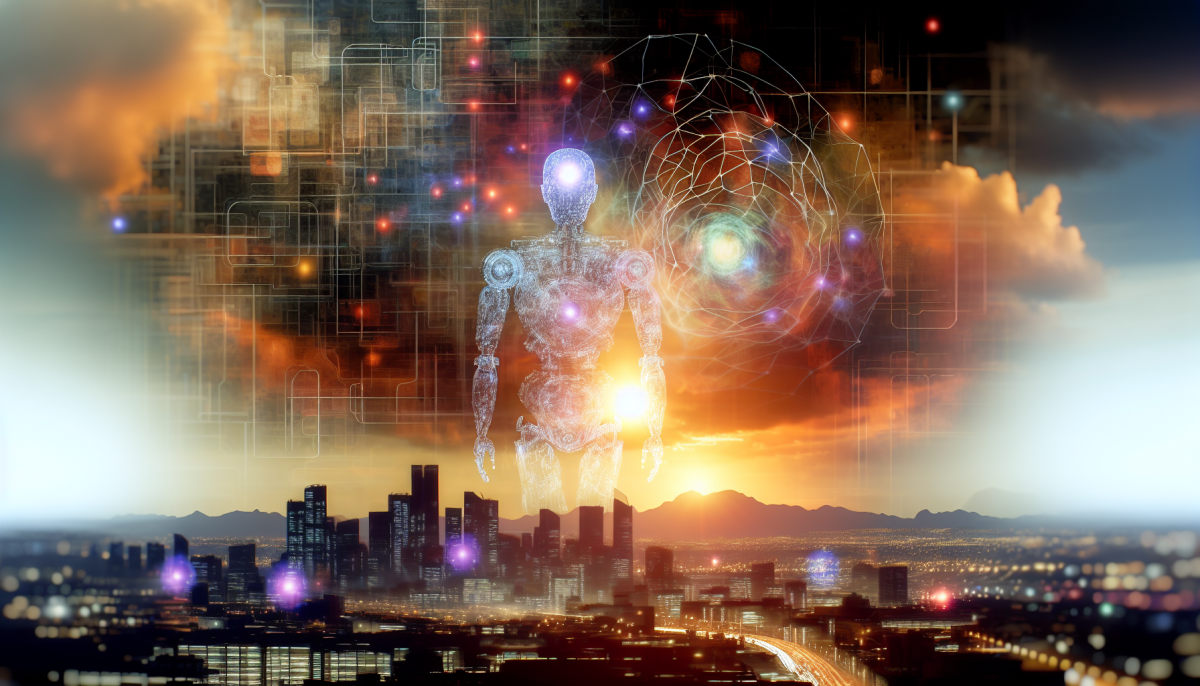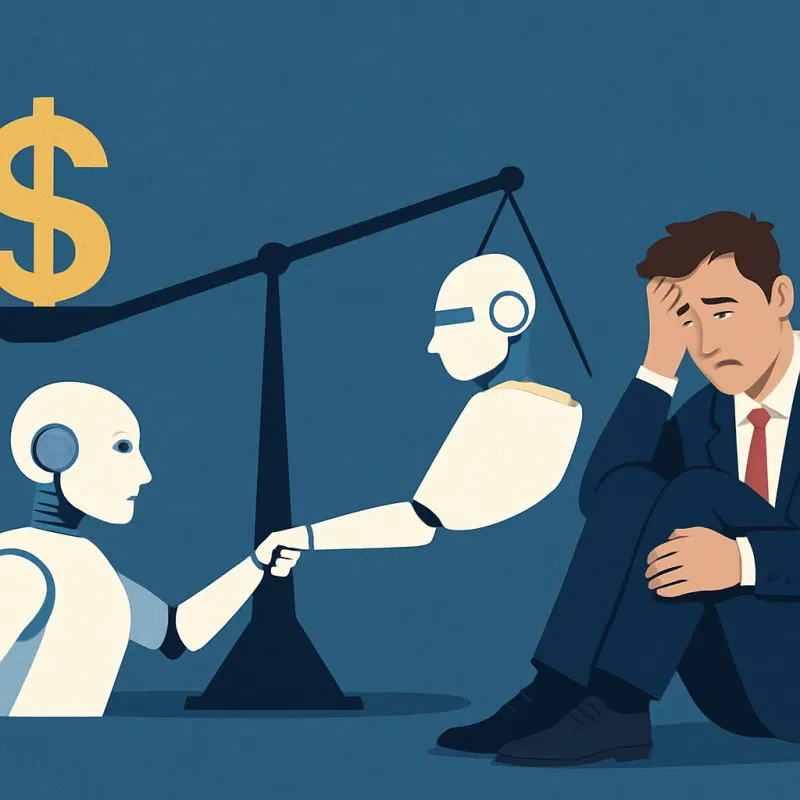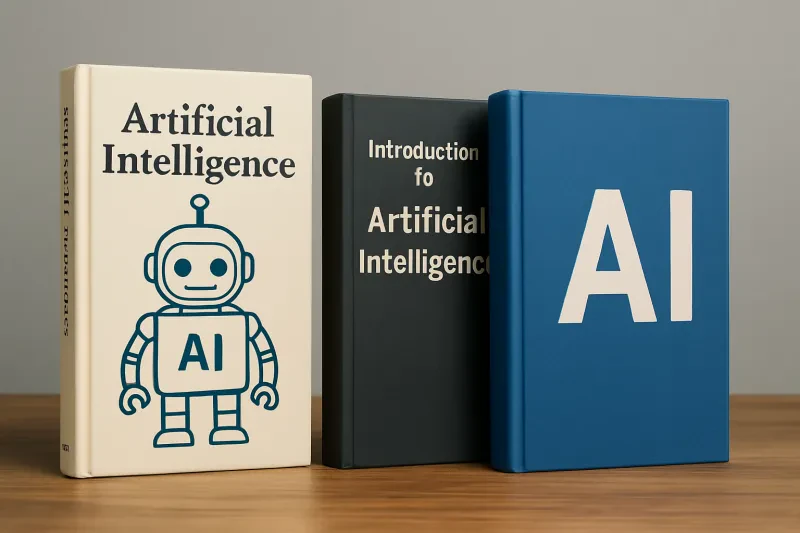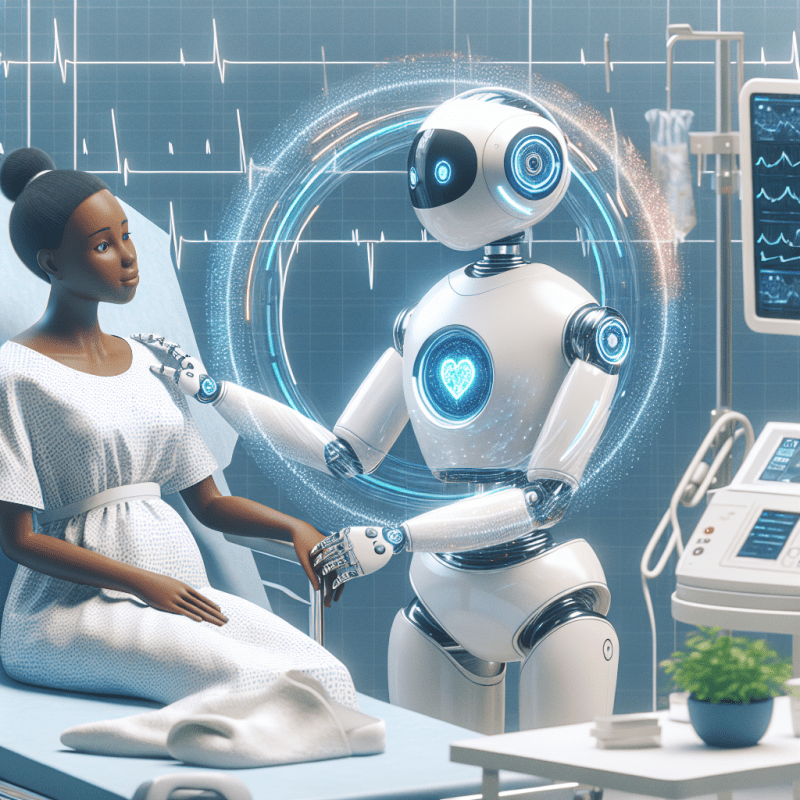AI kicked off in the 1950s, a time when smart folks began dreaming about machines that could think like humans. The big idea was to create computers that didn’t just crunch numbers but could also understand language and learn from experience. Early pioneers, like Alan Turing, were key players. He introduced the Turing Test as a way to measure a machine's ability to exhibit intelligent behavior. If a machine could trick you into thinking it was human, it had passed the test!
Jump forward to 1956, and you find the famous Dartmouth Conference. This gathering brought together brilliant minds who shared their hopes and ideas about AI. They believed that machines could be taught to solve problems and make decisions. This event was basically the launch party for AI as a field of study. Excitement was high, and the possibilities felt endless.
In those early years, researchers focused on creating algorithms and simple programs that could perform tasks like playing chess or solving math problems. They made some breakthroughs and showed that machines could process information in clever ways. But, honestly, there were huge challenges, too. The tech back then just couldn’t keep up with all the big ideas. Progress was slow and often frustrating.
By the 1980s and 1990s, things started heating up. The development of better computer hardware and more sophisticated software laid the groundwork for advanced AI systems. People began to see the potential in practical applications, like robotics and expert systems. As technology got better, the vision of truly intelligent machines started to feel a lot more real.
Key Milestones in AI Development
The journey of artificial intelligence has been full of exciting twists and turns. Let's dive into some of the key milestones that shaped the world of AI.
Back in the 1950s, a group of thinkers like John McCarthy and Alan Turing started talking about machines that could think. Turing even proposed the famous Turing Test, which asked if machines could exhibit intelligent behavior similar to humans. This was a big step forward and got everyone buzzing about the possibilities.
Then, in the 1960s, we saw the rise of early AI programs. One standout was ELIZA, a simple chatbot created by Joseph Weizenbaum. ELIZA could mimic conversation, which was revolutionary at the time. It showed that machines could engage with humans in a meaningful way, and people were amazed.
Fast forward to the 1980s, and AI hit a major bump with what we call the "AI Winter." Funding dried up as progress slowed down, and many wondered if AI would ever take off. But it bounced back in the 90s with the success of Deep Blue, IBM's chess-playing computer that defeated world champion Garry Kasparov in 1997. This victory rekindled interest and showed that AI could take on complex tasks.
In recent years, AI has exploded with advancements in machine learning and deep learning. Technologies like self-driving cars and smart assistants have become part of our everyday lives. Companies are pouring money into research, and the potential seems limitless. AI isn't just a future concept anymore; it's here, impacting how we live and work.
The Pioneers of AI Technology
When we think about the roots of artificial intelligence, a few names pop up right away. People like Alan Turing, John McCarthy, and Marvin Minsky played huge roles in shaping what AI is today. Turing, often called the father of computer science, introduced the idea of a machine that could think. His famous Turing Test challenges how we view intelligence in machines.
John McCarthy is another essential figure. He organized the first AI conference at Dartmouth in 1956. During that conference, he coined the term "artificial intelligence." McCarthy had a vision of creating programs that could learn and adapt, which is pretty much what we expect from AI today.
Marvin Minsky brought a lot to the table too. He co-founded the MIT AI Lab and spent years exploring how machines could mimic human thought processes. His work helped lay the groundwork for neural networks, which are crucial in today's AI systems.
These pioneers had a big dream: to build machines that could think like humans. Their ideas sparked the imagination of many who followed, leading to innovations we see all around us now, from smart assistants to automated systems in industries. Their legacy is all around us, pushing boundaries and continuing to inspire future generations.
AI's Evolution Through the Years
AI has come a long way since its inception. In the early days, back in the 1950s, bright minds started to ponder if machines could think. It was all about figuring out how to make computers perform tasks that required human-like intelligence. Researchers experimented with basic algorithms and simple games like chess, just to test the waters.
Fast forward to the 1980s, and AI began to evolve with the concept of neural networks. These systems mimicked how our brains work, allowing machines to learn from data. It was like giving computers a little bit of intuition. This breakthrough made it possible for AI to handle more complex problems, like recognizing patterns in images or understanding spoken language.
Then came the 2000s, a pivotal time for AI. With the explosion of the internet and big data, AI could suddenly access a treasure trove of information. This era saw the rise of machine learning, enabling computers to improve from experience. Companies began using AI for practical applications, such as recommending products or analyzing customer behavior.
Now, in the 2020s, AI has reached new heights with deep learning and natural language processing. Systems like chatbots and virtual assistants are part of our daily lives, making everything from handling customer service to creating personalized content easier than ever. The evolution of AI isn't just about technology; it’s about how it reshapes our world in real-time.



